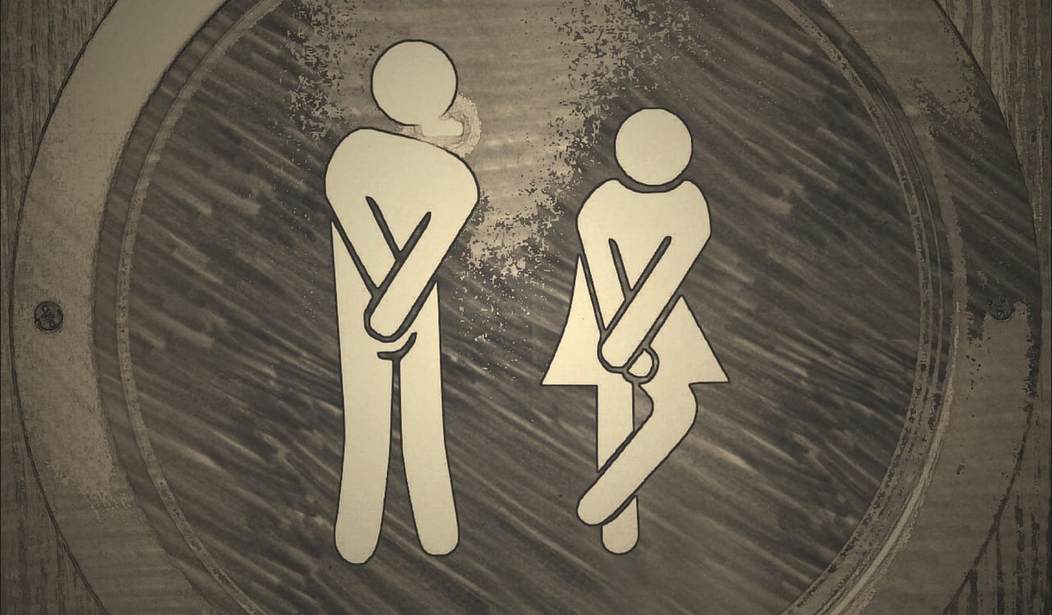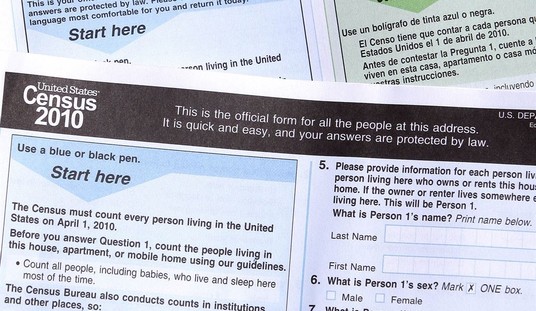I doubt whether there’s a man or woman alive who hasn’t felt the need to use a public restroom while out on the town. It can happen while shopping, clubbing or while taking a casual ride on the subway.
But what do you do when there are no public restrooms available?
When I was in college, I remember how one of my cousins, then at an Ivy League school on a scholarship, found himself in distress after a night out with friends. They’d been bar hopping on a Friday night when nature called. Walking down a deserted street very late at night, my cousin opted to sneak into a remote back alley where a number of dumpsters formed a barrier between him and the sidewalk. Unfortunately, what he thought was a safe space instantly proved to be in the eye of a nearby police officer who had been surveying the desolate scene from inside a squad car with its lights out.
My cousin, a straight “A” scholarship student, was arrested, although his father, a lawyer, had the case dismissed.
What my cousin did in the cloak of darkness in an obscure alleyway in the middle of the night – far away from prying eyes – was nothing compared to what I used to witness in downtown Philadelphia in the mid-1980s, especially along Chestnut Street.
At that time there was a homeless woman who was affectionately called The Duck Lady because she would quack like a duck when asking for money. She was a benign old soul, as sweet as they come and people generally liked her. Rumor had it that she was from an old Philadelphia (moneyed) family and that she had once lived in a big house before a tragedy changed the course of her life. That tragedy left her penniless, and she wound up on the streets. Soon after that, she began quacking like a duck. It was actually Tourette’s syndrome, although that wasn’t apparent at the time.
Stories of The Duck Lady circulated for many years. She became a Philadelphia legend. She’d turn up at art openings and various public events, walk around and quack to her heart’s content. People gave her things: sweaters, designer dresses, new boots, handbags, and sneakers. She was a favorite among the hippie/bohemian crowd in West Philadelphia’s Powelton Village. In some cases, these circles adopted her as a mascot.
The Duck Lady’s fans realized that she was losing it when one afternoon at 13th and Chestnut Streets she pretended that the sidewalk was a commode. It was not a pretty sight. Scores of startled pedestrians screamed and covered their eyes. There may have been police in the area when this happened, but whatever the case The Duck Lady was not hauled away. I think had she been hauled away there would have been a small riot.
“Leave the Duck Lady alone!” I can hear the crowd chanting, even if, frankly, the future looked bleak for her if this behavior became permanent. It was not a good thing at all.
In Europe, there are many public bathrooms. When I was in Paris several years ago I was shocked to discover that hundreds of men line up in a row and openly relieve themselves late at night along the Champs-Elysees. French pedestrians on the street were oblivious to the sight. No one seemed to care. Even police officers looked the other way. Unlike the scene in American cities where late-night “goers” at least attempt to hide behind dumpsters, on the Champs-Elysees all the men had become like Philadelphia’s Duck Lady.
I thought about what the reaction would be if something like this happened on a mass scale in Philadelphia. For one thing, each and every one of these men would be given a one-hundred-dollar ticket.
But honestly, what’s a gentleman or lady to do if there are no public restrooms?
Way back in 2004, Philadelphia City Councilman David Cohen told the City Council that there were “no public facilities available for all these tourists who come to Philadelphia.”
The situation remains the same today, although there’s no reason why Philadelphia cannot do what almost every European and Canadian city has done: install retractable urinals and toilets that are invisible during the day but quite obvious at night during the peak after-bar hours.
It makes sense to me: If you don’t want tourists and desperate late-night urbanites “going” in public then provide public restrooms.
The Philadelphia Daily News reported on the lack of public restrooms in the Italian Market area. The paper quoted many restaurant owners who said that they would not allow the public to use their “employee only” restrooms. Exceptions to the rule might include extreme hardship cases, like a mother and child in distress.
Ordinarily, Italian Market customers are told to go to the public restrooms in a nearby playground, although these restrooms are usually closed at night and locked up during the day to protect them from vandals.
Many Philadelphia public restrooms have been closed because of a vagrancy problems. It’s not uncommon to hear that once reliable city restrooms in gas stations or mini-markets have been closed because the owners were tired of having them vandalized. Rather than constantly fix up the destroyed property, the owners opted to simply close them. As a result, everybody suffers.
In 2018, Plan Philly reported that the users of city parks and playgrounds cite the lack of restrooms as a major source of frustration. “Those issues, some say, make it particularly difficult for certain groups of people, like the elderly, to use parks. Fields and planted areas end up being used as toilets, which is unhygienic at the very least. Restrooms are among the top topics of complaints and comments to the city’s Department of Parks and Recreation,” the report stated.
Finding a public restroom is easier in New York City.
New York City has 468 subway stations, but among those stations, one can find at least 78 subway restrooms open to the public. 78 may not be much compared to what NYC had in 1940, 1,676 public toilets, but it trumps Philadelphia.
There are no public restrooms on any of the stops along the Broad Street subway or the Market-Frankford El, minus the improved facilities at the Frankford Transportation Center and the terminal at 69th Street. But at the hundreds of small stops in between, there’s nothing but a waiting platform and a private restroom for employees only.
Philadelphia on New Year’s Day, especially along the Broad Street concourse during the Mummer’s parade, often attracts revelers who line up the way they do in Paris. While the police discourage such behavior, the sheer numbers of lawbreakers make handing out tickets impossible. The presence of porta-potties lately has done much to relieve that situation.
Under the Ed Rendell administration, Philadelphia tried to install self-cleaning public restrooms in the city but the deal fell through when the city and the manufacturer couldn’t agree on how they were to be funded.
But how can a major tourist attraction like Philadelphia afford to wait any longer?
The Chinese may have the answer. The city of Beijing installed 7,700 public toilets in city streets because their government feels that all travelers should find a toilet within an 8-minute walk in the business area.
After decades of inaction, Philadelphia eventually installed a pilot pay toilet near City Hall, complete with a self-cleaning apparatus and piped in music. The structure proved too good to be true. The pilot program simply vanished.
Perhaps if they had skipped the music and the hotel-like accouterments and stuck to essentials, the project would have worked.








Join the conversation as a VIP Member